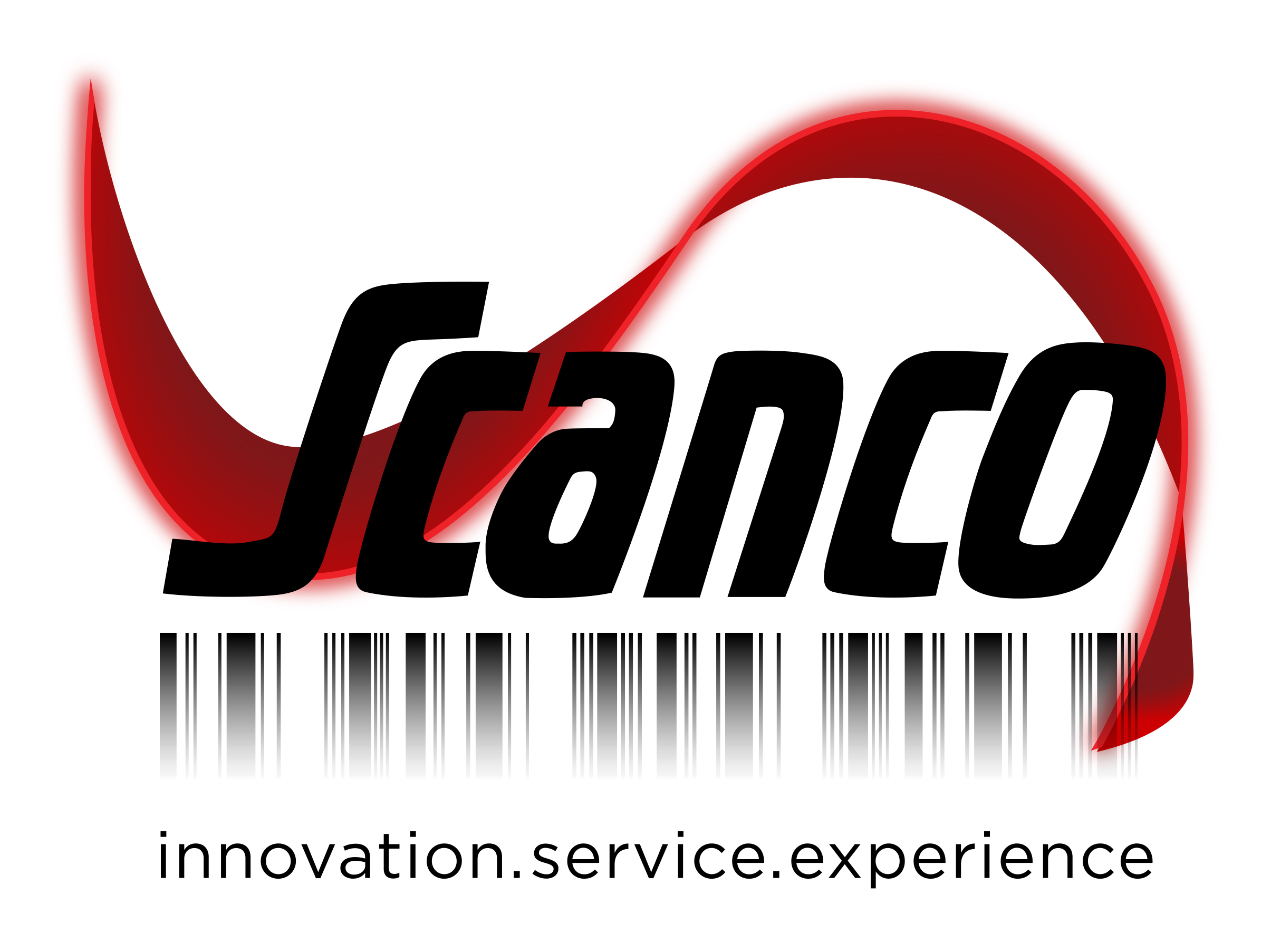Entering the fourth quarter means two things for most companies. First, the holiday shopping season is finally here, which means it’s time to activate the sales strategies they’ve been working on all year (and hope their supply chain can keep up). And second, it’s time to start thinking about 2021.
It would be an understatement to say that 2020 has been a crash course in supply chain disruption. From global shutdowns that drastically reduced foot traffic and closed retail doors, to the challenge of remote operations management, to an unprecedented surge in eCommerce sales, businesses have been forced to adapt to survive. Among the many lessons we’ve learned, one of the most important has been the crucial nature of supply chain visibility. Supply chain visibility is the ability of a business to pinpoint where inventory, orders and shipments are in the supply chain. It uses near real-time data to provide a bird’s eye view of product movements, which lets brands keep their customers informed, make strategic decisions for production and inventory replenishment, and react to changes in the market quickly.
Going into 2021, businesses need to continue improving their supply chain visibility to stay ahead in a digitally driven world. One way to do so: integrate EDI into your Acumatica ERP. Acumatica’s BI- and ML-powered platform is built to crunch the numbers, provide valuable insights, and give businesses control over management strategies, as well as their finances and reporting. But that data has to come from somewhere—be it your warehouse management systems, your suppliers, your eCommerce storefront or any of your other channels. Electronic Data Interchange (EDI) bridges the gap by taking data from all these sources, translating it to an Acumatica-friendly format, and delivering it directly to your ERP.
For example, consider inventory management for retailers. Retailers and e-tailers constantly have stock moving in multiple directions, from orders in preparation, to shipments on the road, to new products arriving in warehouses and stores. Inventory depreciation can be automated on Acumatica, using your unique rules for the Availability Calculation—which you can customize to different item classes. Acumatica can also provide inventory availability measurements for multiple locations, such as distribution warehouses, and automate replenishment based on pre-set stock thresholds. However, all these calculations depend on incoming data. Without integration, data coming from warehouses, stores, and suppliers needs to be input manually. For retailers selling hundreds, or even thousands of SKUs, keying in data by hand is not only bound to produce errors but can take hours per order. That’s not including the wait time between an order being placed, and a worker coming in the next morning to start data entry, or only checking for new orders once or twice a day. Those delays might not have been detrimental in the past. But as we saw in Q2 of this year, in a rapidly changing market, any delay is unsustainable. For retailers, delayed inventory decrementing can result in empty shelves during extended replenishment lead times.
For manufacturers, incorrect inventory data can lead to overselling, which can harm both retail and consumer relationships. At the same time, digital platforms, delivery services and curbside pickup have made it easier for consumers to shop elsewhere when they encounter these issues—which means your inventory blind spots become revenue opportunities for the competition. By integrating EDI with your Acumatica system, order data flows directly from your demand channels to your ERP. Once brought into the system, Acumatica’s automation can decrement stocks to give you a real-time view of inventory. That data, in turn, can be carried by the EDI system back out to your demand channels, so customers can see accurate availability.
EDI adds fuel to the Acumatica engine to keep data flowing and ensure your supply chain never stops turning. By automating this process, you get the most up-to-date view of your operations across channels. What’s more, the data you receive from EDI can be used by Acumatica to power its forecasting technology. Now, instead of trailing behind demand changes, you can get ahead of them and go wherever business takes you next.






































